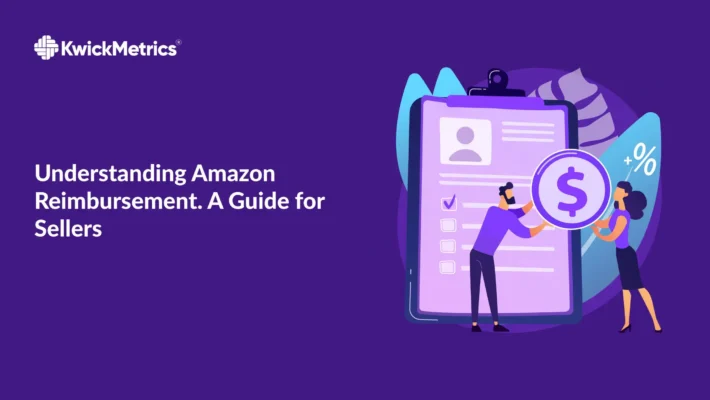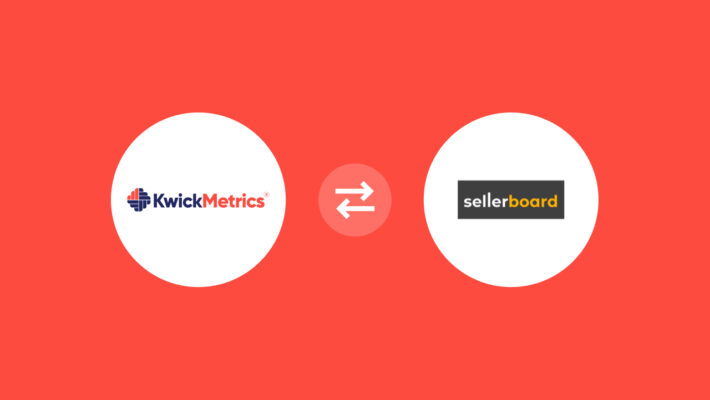Why Does Profit Calculation Matter to Amazon Sellers?

Amazon is an online retail platform. Selling on Amazon allows individuals and businesses to sell products and inventory via this platform. However, Amazon is subject to cut-throat competition, and sellers must adopt the best practices to optimize their business. It will help them effectively manage and grow their e-commerce business and improve sales and performance. Sellers must track various data points to determine if the product they are selling on Amazon will bring the desired profits. During the product research phase, they must forecast to estimate a product’s potential before releasing it on the market. It will enable them to make the right investment for optimal results.
Why Profit Calculation Matters?
When calculating profit potential, you need to consider the various costs involved. It typically covers the upfront costs, variables costs (including FBA fees, returns, storage fees, among others), and marketing costs. Tracking a product’s profitability helps sellers better understand their business and its financial well-being. Amazon profit app allows Amazon sellers to track the profitability of their products efficiently.
Fees included in the Profit and Revenue Calculator
- Referral fees
- FBA fulfillment fees
- Monthly storage fees
- Variable closing fees
Fees that the Profit and Revenue Calculator Does not include
- Long-term storage fees
- Monthly subscription fees
- Removal order fees
- Per-item fees
- Unplanned service fees
- Return processing fees
- Refund administration fees
- FBA inventory storage overage fees
- High volume listing fees
- Rental book service fees
Interested to view how a sample Profit and Loss Report looks and what all it covers?
How to calculate profit margin?
Once you conduct the starting product research, you need to include the various factors that influence the product’s cost. Accordingly, measure the profit margin, and the sales revenue must be greater than the business cost for a better margin. Profit margins are of two types:
- Gross Profit Margin, and
- Net Profit Margin
- Gross Profit Margin (%) = (net sales – the cost of goods sold) / net sales x 100%
- Net Profit Margin (%) = (net sales – the cost of goods sold – all other costs) / net sales x 100%
Net profit margin also covers various other costs, including the inbound/outbound shipping costs, purchasing and product costs, and seller fees, among others. Include both net profit and gross profit margin for optimum profit calculation.
The calculation of profit margin allows Amazon sellers to make better decisions. It helps them determine the right pricing point and competitively price the product to earn a good profit. Decisions based on assumptions can create issues in the sales and performance pipeline. To avoid poor decision-making, the inclusion of the right data points is crucial.
Amazon Profit Calculator
In the Seller Central, Amazon has an FBA Revenue calculator. You can input your product’s name, UPC, EAN, ISBN, or ASIN in the calculator. Once you identify the product, enter the item price. Compare the item costs against the storage, shipping, and other variable costs. The calculator will help you calculate different key performance metrics such as return on investment, net profit margin, and more. The calculator is useful for data-driven estimation purposes. It also allows you to develop a better picture of the product’s profit potential.
To Conclude:
Including the right data points in decision-making is crucial for Amazon sellers to competitively price and maintain a healthy pure profit margin (PPM). The profit calculator app will help them effectively forecast sales profitability and add credibility to the estimates to make enhanced decisions.




